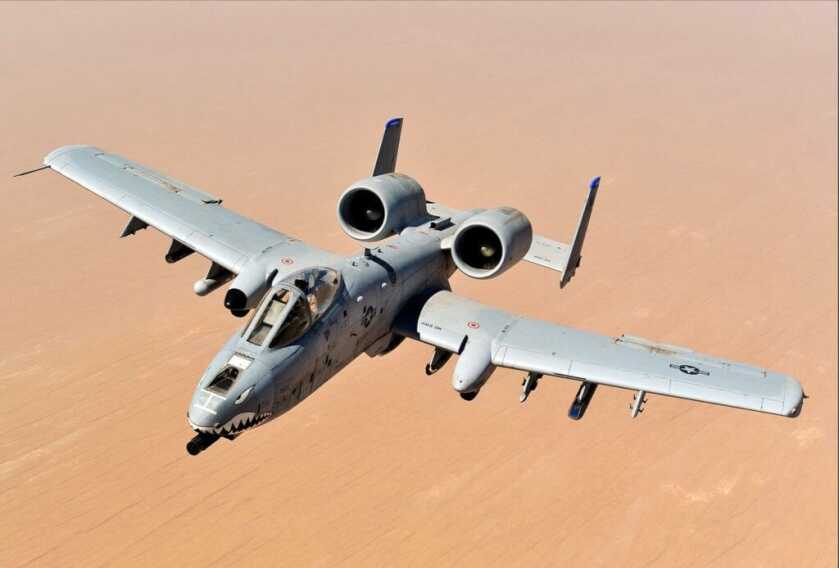
The A-10 Warthog
Through 45 years of faithful service, the A-10 Thunderbolt II has been rightfully revered by the earth pigs it has supported. If ever there was a grunt’s airplane it is the mighty Warthog. That thing, like me to a degree, is just so ugly it’s cool.
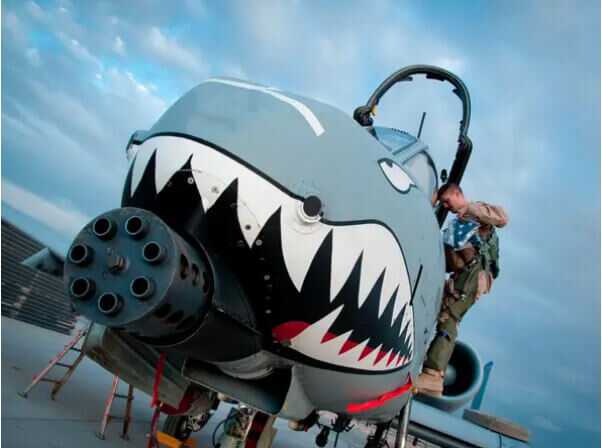
The whole plane is built around a seven-barrel 30mm GAU-8/A rotary cannon. Interestingly, the cannon is offset slightly to the left. This is to make room for the nose gear to retract into the fuselage. The gun fires at the 9 o’clock position so the line of recoil still aligns with the aircraft centerline. The gun cycles at 3,900 rpm and typically carries 1,174 rounds onboard. As the plane is designed for low-level close air support, the gun also recycles its empties back into its ammo bay. That way it doesn’t drop those big honking shell cases on your head at 350 knots. It’s a brilliant bit of engineering.
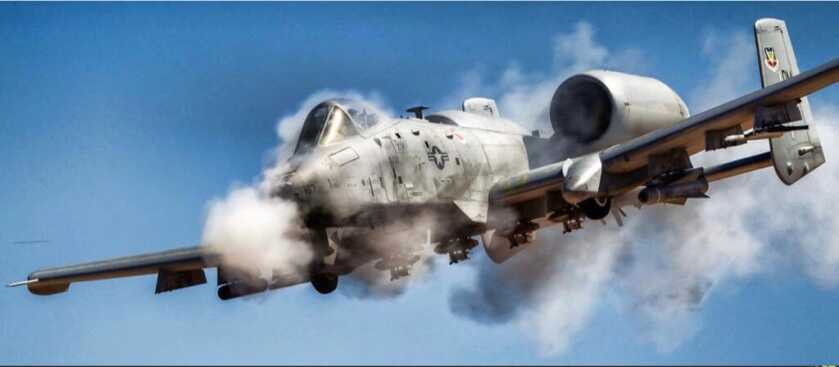
I worked with A-10s a few times back when I wore the uniform and always came away impressed. Featuring titanium armor, a simply breathtaking payload, impressive loitering time, and unparalleled maneuverability in the close fight, the A-10 earned all its love. They tell me that the 1970s-vintage Warthog would be easy meat in today’s modern air defense environment. That’s truly a shame. It is one cool airplane.

The Su-25 “Frogfoot”
The Soviets saw the writing on the wall back during the Cold War as well and decided to build their own dedicated close air support platform. The end result was the Sukhoi Su-25 Grach. Grach literally translates as “Rook.” A rook is a large-ish crow-looking bird that will eat almost anything. Hard to say why you’d want to name your ground attack aircraft after one. But then again, I’m not Russian.

The Grach is a single-seat, twin-engine close support aircraft developed in the Soviet Union by the Sukhoi Design Bureau. The Su-25 was designed to provide the same sort of service to Soviet Ground Forces as the A-10 did for NATO. The Grach was a dedicated close air support platform developed in the days before multi-role combat aircraft became all the rage. The NATO designation is “Frogfoot.” I would love to know how they come up with that goofy name.
Technical Details of the Su-25
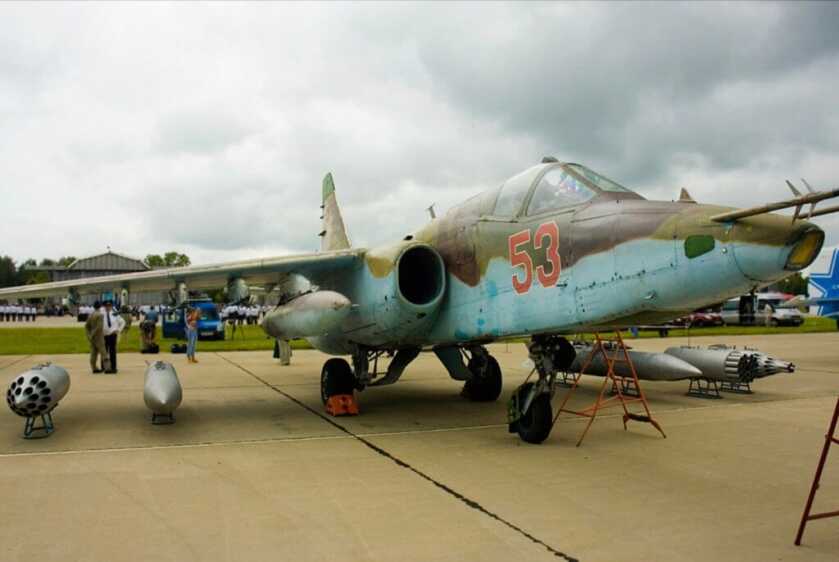
The prototype Su-25 first flew on 22 February 1975. The aircraft went into series production in 1978 at Tbilisi in the Soviet Republic of Georgia. Since then the plane has been widely exported. More than 1,000 copies have been produced.
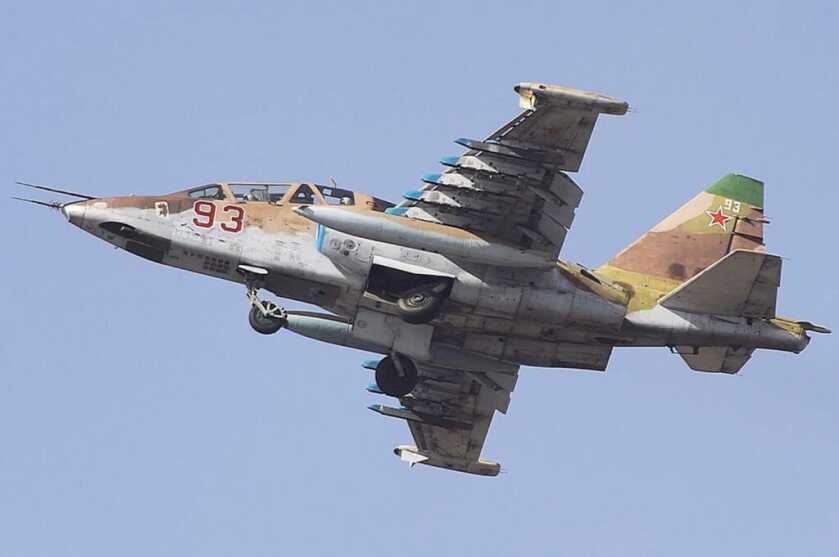
The Su-25 is 51 feet long and sports a 47-foot wingspan. The maximum takeoff weight is 42,549 pounds. The Grach is powered by a brace of Soyuz/Turmansky R-195 turbojet engines. Maximum speed is 526 knots or 606 mph.
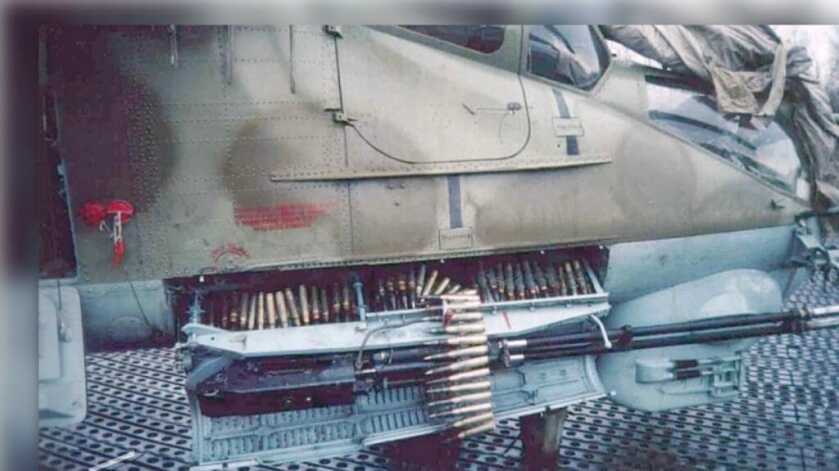

The Su-25 carries an integral 30mm Gryazev-Shipunov GSh-30-2 autocannon with a basic load of 250 rounds. The plane has eleven hardpoints for a wide variety of external stores including cannons, dumb bombs, rocket pods, air-to-air and air-to-surface missiles, and whatever else the Russians can think of to hang onto them.
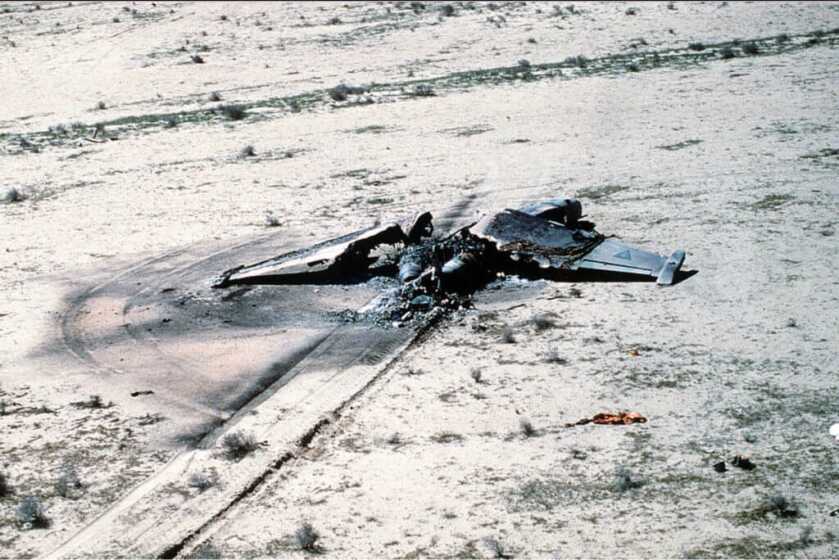
The Su-25 has seen active combat service against the Mujahidin during the Russian invasion of Afghanistan, in the Iran-Iraq War, in Russian livery in Syria, and in a variety of lesser violent brouhahas. The Frogfoot has also seen extensive use in the recent war in Ukraine. If YouTube is to be believed, the Ukrainians are slaughtering the Russian Air Force. Half a dozen Ukrainian Su-25s have also been brought down. Depending upon what you read it looks like the Russians have lost around nineteen of the jets as of this writing. However, this is a chaotic war, and everybody has an agenda. You have to take everything you see on the Internet with a grain of salt.
SEE MORE: The Affordable Safari; Your African Dream Hunt, Part II
It’s a Weird Old World…

The Nagorno-Karabakh War spanned from 1988 until 1994. During this six years’ fight, Armenia waged a protracted and bloody conflict with its neighbor Azerbaijan. Armenia ultimately prevailed. The war sparked to life again in 2020 and resulted in about a month’s worth of vicious fighting. This was one of the first modern wars in which drones played an outsized role.

I tried to figure out the details of this curious little bloodletting and eventually just gave up. It seemed to orbit around a breakaway republic called Artsakh, but I never could really divine the details. The second fight in 2020 ended with an Azerbaijani victory. The events we will discuss momentarily occurred in 1993 during the first iteration.
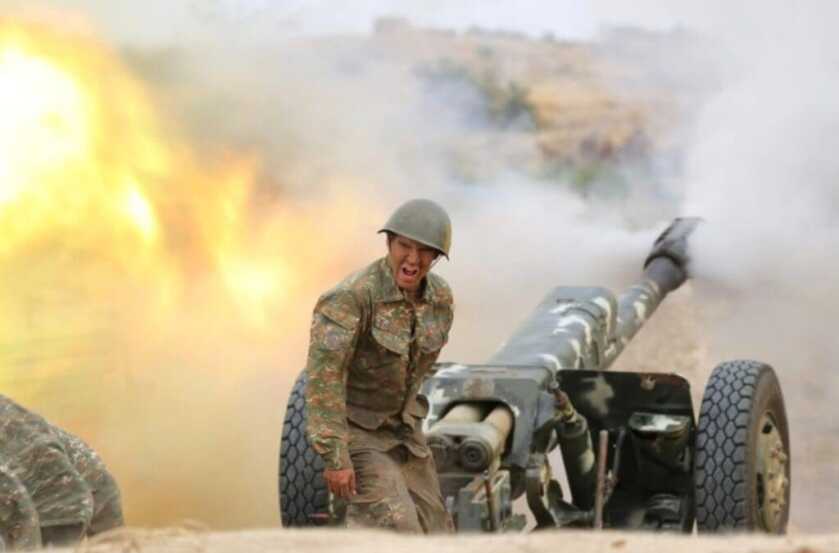
Both Armenia and Azerbaijan are former Soviet Republics. The war was undeclared and fought across arid mountain wastes. In such terrain, close air support and artillery were critical players.
Frogfoot Needed?

By 1993 the balance sheet was fairly lopsided. Armenia had but 2 operational fighter jets remaining–both Su-25s. Because of their dearth of resources, the Armenians rarely used these two aircraft operationally. Azerbaijan, by contrast, had an ample air force and relied upon it regularly. As a result, Armenian ground forces became rightfully accustomed to viewing any combat aircraft actually flying overhead as belonging to the enemy.
An Unconventional Military Procurement Strategy
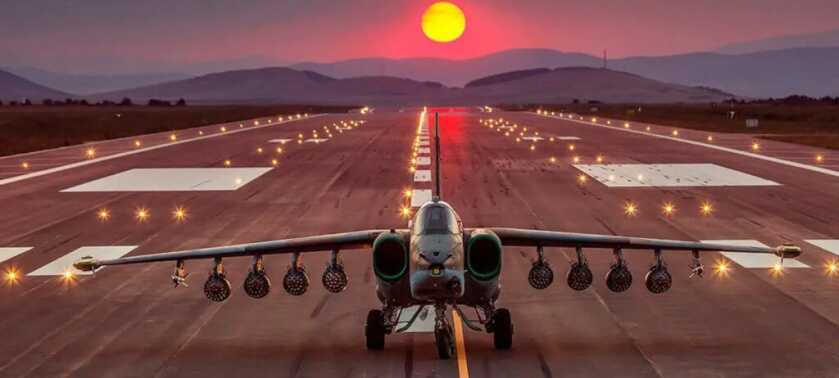
The first Su-25 in Azerbaijani service was an ex-Russian Air Force plane stolen in April of 1992 by an Azeri pilot named LT Vaghit Kurbanov. This particular aircraft was used to bomb civilian targets in the breakaway Nagorno-Karabakh enclave. Armenian forces eventually shot it down on 13 June 1992. The pilot was killed.
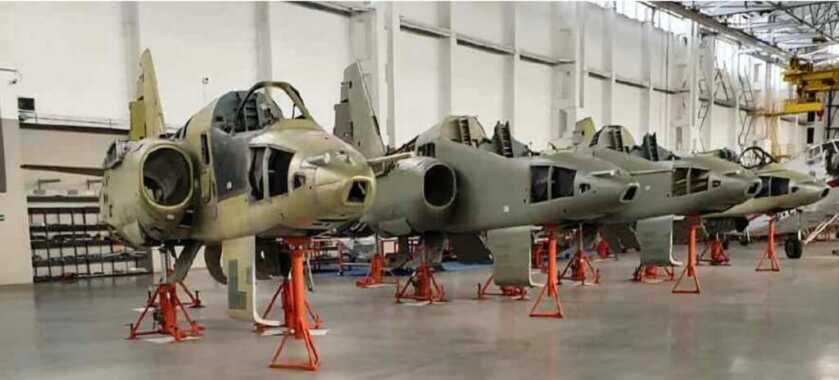
On the other side, one of the two operational Armenian Su-25 jets was actually stolen directly from the factory in the Republic of Georgia. On 15 November 1993, Georgian CPT Sergey Zhitnikov secretly entered the cockpit of a spanking new Su-25K Frogfoot, cranked the engines, and launched before anyone could stop him. He ultimately flew the pilfered plane all the way to Armenia.
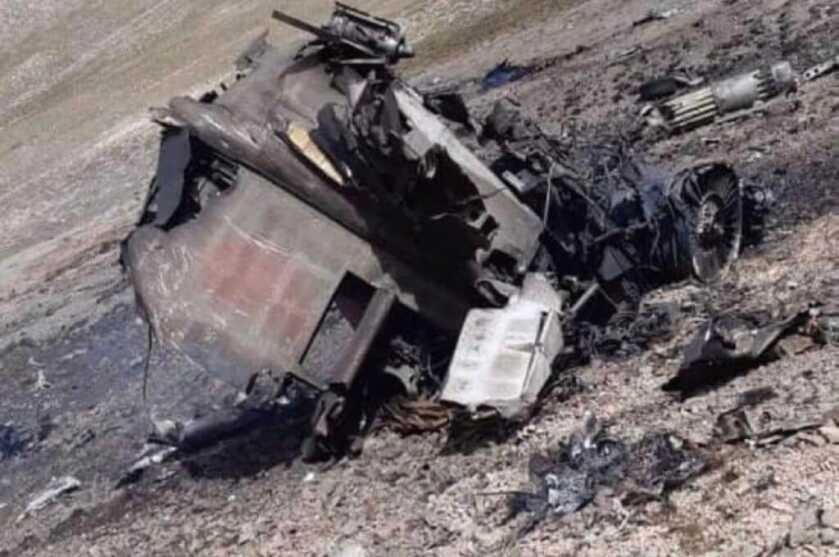
Unlikely Survival
One day in 1993, those last two Armenian Su-25s were deployed in support of ground forces operating in the disputed mountainous region of Artsakh. The two Armenian strike aircraft successfully engaged their targets. However, as they were flying back home they flew over a supposedly friendly Armenian village. An Armenian soldier justifiably mistook the Su-25s for enemy aircraft and shot the stolen plane down. The pilot ejected from the stricken aircraft and survived.

The hapless Armenian pilot landed near the village from which he had been shot down. Apparently, he was fairly disheveled and a bit worse for the wear. Mistaking him for an Azerbaijani pilot, the incensed Armenian villagers roughly collected him and administered a proper beating in the process. The Azerbaijanis regularly relied on their substantial air force and, as a result, many Azeri fighter jets had been shot down by Armenian troops. As Armenians so seldom used their jets, the villagers assumed the poor guy was lying about his actual loyalties.

This ill-treatment went on for a while. However, after a few hours the pilot successfully convinced the angry villagers that he was actually one of the good guys.

The running joke thereabouts was that Armenia had both shot down half of its own air force and taken it prisoner in a single day. Considering the guy survived I guess no lasting harm was done.
Available on GunsAmerica Now
The Rest of the Story

The Su-25 has had a curious operational history. In August of 2008 during the Russo-Georgian War, Russian Su-25s actually attacked the Tbilisi Aircraft Manufacturing plant where those very planes had been produced. In so doing they heavily damaged the factory airfield from which the completed aircraft were launched years before. That’s just weird.
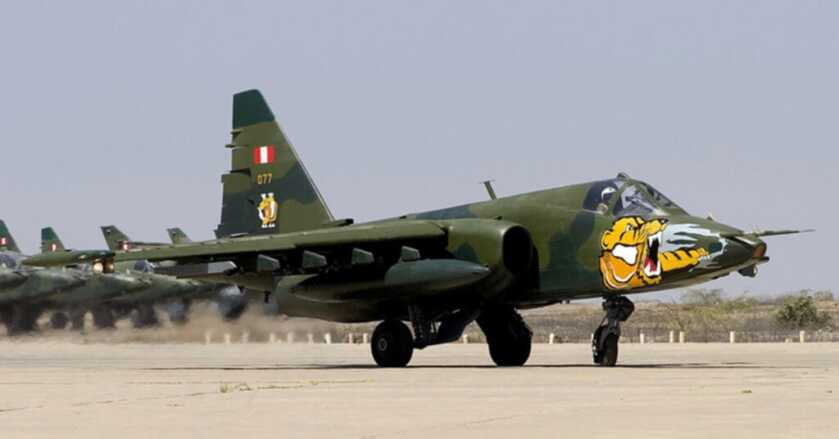
In December of 2006, a Congolese Su-25 on a routine ferry flight from one airbase to another disappeared without a trace. No wreckage was ever located. A second Congolese Frogfoot suffered an engine failure during an Independence Day celebration in the summer of 2007 and crashed, killing the pilot. In March of 2008, a Russian Su-25 spontaneously exploded during a live fire exercise over Primorsky Krai some 90 miles from Vladivostok. The pilot was killed. A subsequent investigation found that the doomed pilot’s wingman had inadvertently launched a missile that tracked true to his buddy. Ouch.
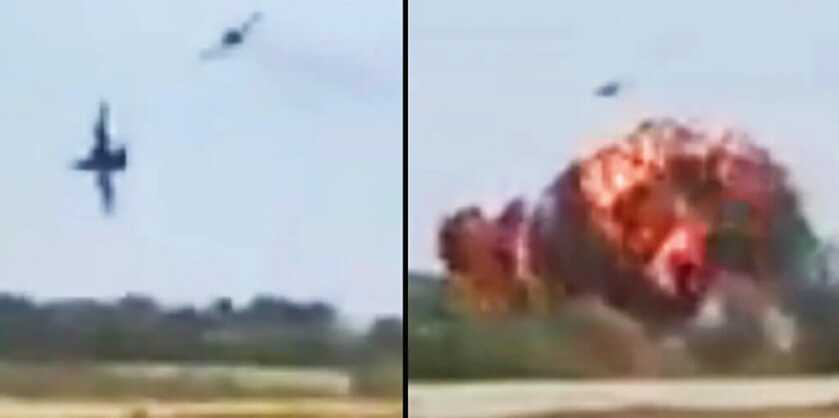
On 12 September 2022, a pair of Russian Su-25s launched from a military airfield in Crimea on a strike mission against Ukrainian targets. On climbout one of the planes suddenly veered sharply to the left and crashed in a massive ball of fire. You can see the video of the event here–https://www.youtube.com/watch?v=W-jnZXnAmec. The specific causes of the crash are murky. If news reports are to be believed, it was likely some variation on Russian rank incompetence. It might have been something as simple as an excessive bank angle at low speed in a heavy airplane.

Nowadays Armenia operates eleven Su-25K’s. I’m sure if things heat up again some Armenian pilot will just sneak off someplace and steal a few more. Regardless, the Su-25 will no doubt continue to soldier on for years to come.
*** Buy and Sell on GunsAmerica! ***












Fascinating about the Armenian and Azerbaijan conflicts, not a lot of mainstream information out there on that series of events. That takes some serious guts to steal a warplane straight from the factory.
The story is, Azeris are Turkic and Turkey (Ottoman Empire) Murder 1,500,000+/- and not quite that much for Greeks, Macedonians, Assyrians and more ethnicities. Then Stalin simply ripped Kharabagh (Artzakh) away from Armenia and gave it to the Turkic Azeris.
They are murderous animals and need to be put down.
Now you know.
The A10 has long been my favorite aircraft.
As a first rate arm chair general, I disbelieve the unspecified vulnerabilities warned of by the neigh sayers, and expect that the USAF will regret retiring the A10.
Imaging what the Ukrainians could have done with a few A10s when the Russians were sitting bogged down for days/weeks with mile after mile of stalled convoys in the early phase of their invasion?
Add to his list of accomplishments, Dr. Dabbs is an amazing wordsmith! I thoroughly enjoy everything that I have seen that he writes and will always read whatever it is. I am glad that he is in a more settled place now and enjoys his life as it is, and I hope that he will pen many more of these kinds of interesting articles for us great unwashed flyover types to enjoy! Thanks Dr. Dabbs!
The A-10 was the end result of a competitive fly-off between the A-9 and the A-10. The Air Force preferred the A-10 design. I tended to prefer the A-9. It looks like the Russians also preferred the A-9. The SU-25 appears to me to be a bastardized copy of the A-9.